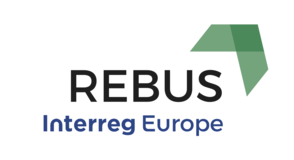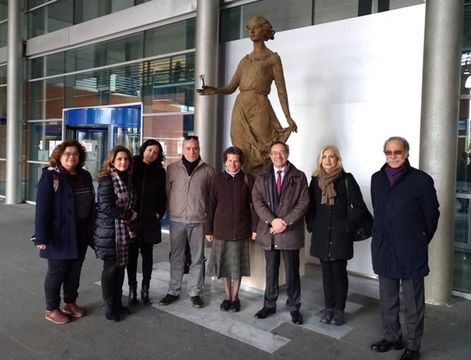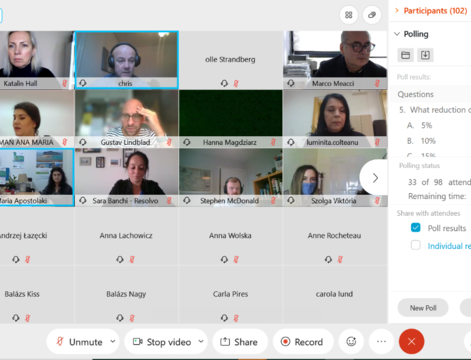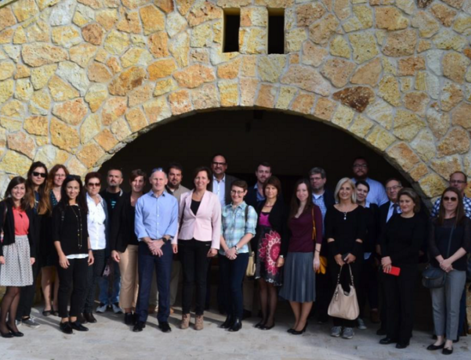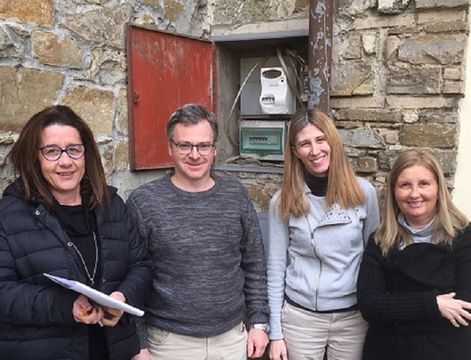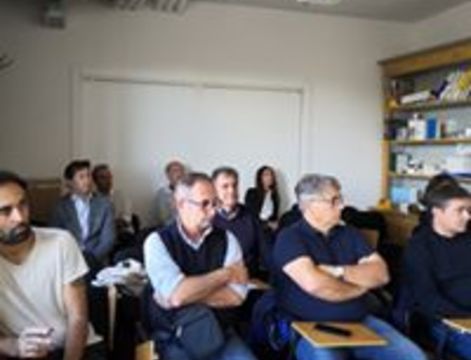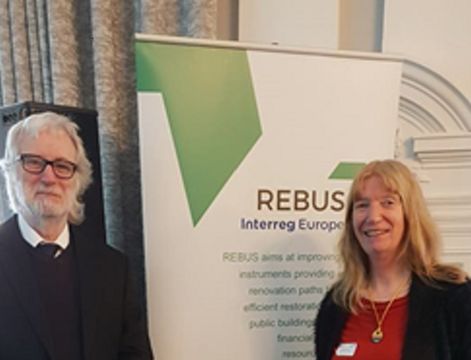Planning and implementation of the targeted policy instrument on energy efficiency in public buildings
Energy efficiency provides long term financial benefits and reduced costs, not to mention environmental advantages. Less need of energy means less environmental impact. The need for mental ammunition, convincing, motivation through best practices, raising awareness is highlighted. REBUS aims fit all of them.
Examples from previous programming period and of good practices are shown, mostly renewed buildings with energy efficiency standards.
A new call on energetic modernisation in public buildings is foreseen, with following priority actions:
- setting of solar panels
- change of fossile based heat-generating installations
- setting of heat-pump
Among the latest actions undertaken:
- Environment-friendly public transport network
- Renewable energy utilisation
- landfill gas: using methane as naturally occurring greenhouse gas for generation of heat and hot water
- Biomass: reconstructing the biomass heating plant (wood chips and agricultural waste)
- Geothermal energy: more than 60% of local district heating energy unit comes from the geothermal site
- Biogas plant: mainly coming from excess-sludge and less biodegradable wastes (food scrap, waste from milk industry, etc.)
- “Panel” program: panel = block flats built in early 80s, there are many of them in the region. The programme saw windows and doors replacement, and heat insulation
- Waste management system: mechanical pre-treatment of selected waste
- Energy efficiency renovation of public buildings and institutions: focus on schools and healthcare institutions, municipal buildings. For the future, the focus is on those buildings to remain under the municipal ownership.
Mr István Nagy, ÉMI - Head of International Development, presents the role of ÉMI in the energy conscious construction – Planning, quality assurance, innovation. As a non-profit limited liability company, ÉMI is a company for quality control and innovation in buildings (100% state owned).
The following has been achieved:
- analysis of over 2.300 energy audits
- survey on retrofitting rate over 20.000 buildings
- setting up and update of a national database of building energy performance
- BIM, with more than 14.900 buildings
- work on energy efficiency of historic buildings (ÉMI’s tasks included: technical condition check, plan supervision, technical management, quality supervision).
Interactive session with partners and LSG: focus on ERP
Ms Miriam Siciliano, Resolvo (LP’s external support), provides an overview of the Energy Renovation Path (ERP) structure and template prepared by the LP and previously shared with all partners before the meeting.
The ERP is the tool REBUS proposes to assist the public sector by providing means and instruments to undertake efficient renovation works of their public building stock. The ERP:
- collects experiences from Good Practices identified
- provides guidelines on planning, implementing and monitoring renovation works in public buildings
- pretends to be a guiding document for policy makers and public authorities in charge of designing policies on energy efficiency for public buildings
The ERP is divided into 4 topics identified by REBUS project (planning, implementing, monitoring, capacity building actions). For each topic it provides:
- a “list of things needed” in order to ensure a good level in each of the 4 topics
- examples of actions to be taken in order to make those “things” happen (examples will come from partners experiences)
- TIPs and suggestions in order to help policy makers apply the suggested “list of things”
Participants prepared for session by reviewing ERP document. Were asked to look at draft template and propose a “list of things” which should be part of document, in terms of actions to be considered when addressing the 4 topics.
During event partners and stakeholders worked together to complete an “ideal ERP”, taking chance of time together to start filling in template and at same time testing proposed structure.
Participation of stakeholders allowed to have an external view and new insights into document. While filling in template, participants revised list of things and proposed changes/suggestions.
Participants divide into 3 groups, each assigned 1 topic + the horizontal theme of capacity building. They went through the list and focused on some of the “things” listed for which they proposed experiences/actions in order to provide information on how to comply with those list of things. At end, findings are presented to audience.
Results detailed in Full Minute Report.
Study Visit - Energy efficient public buildings and energy-related developments on the TOKAJ World Heritage Site
A study visit to MÁD is organized. This village is part of TOKAJ Wine Region World Heritage Site, where energy efficiency and sustainable development have key importance. Presentations from the local municipality and visits to the actual sites were undertaken.
